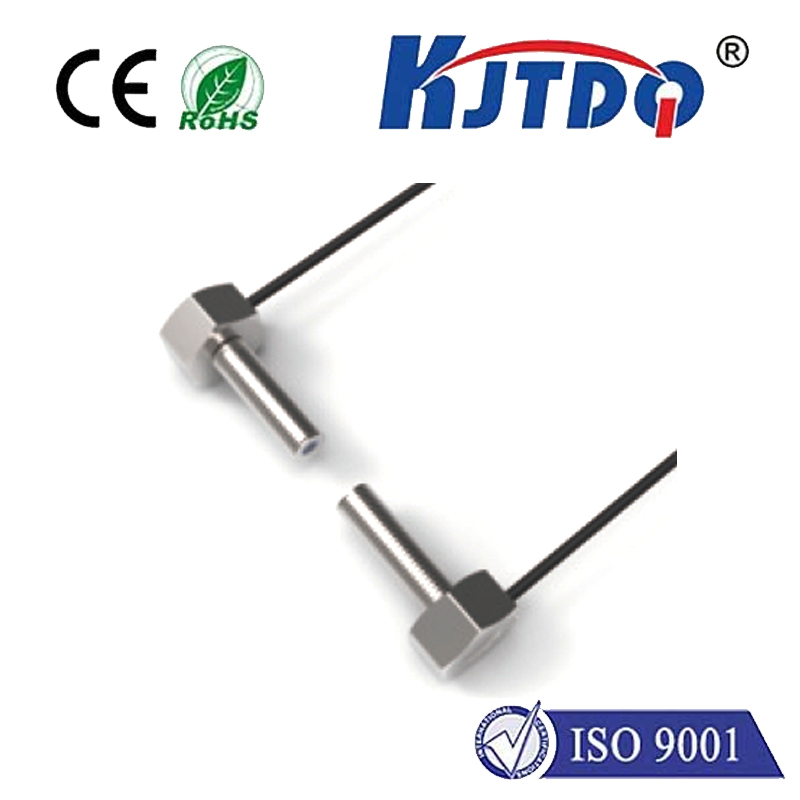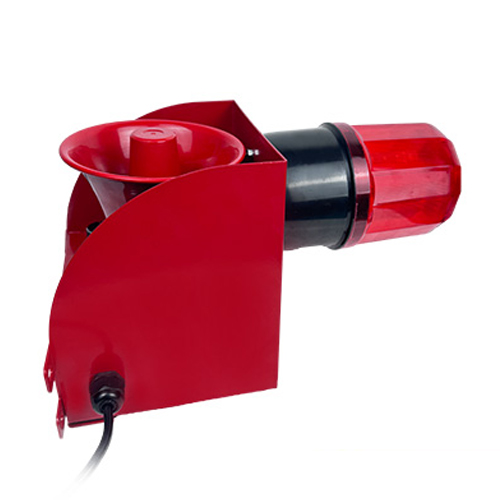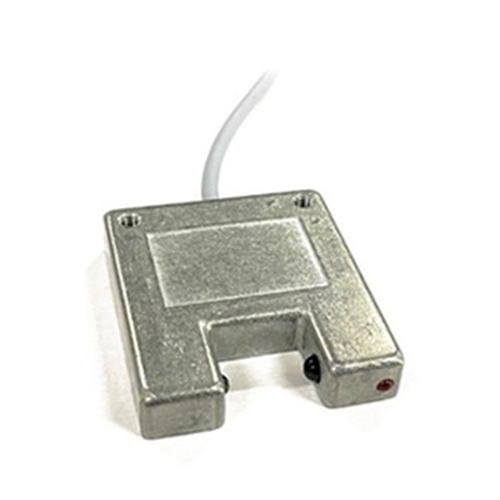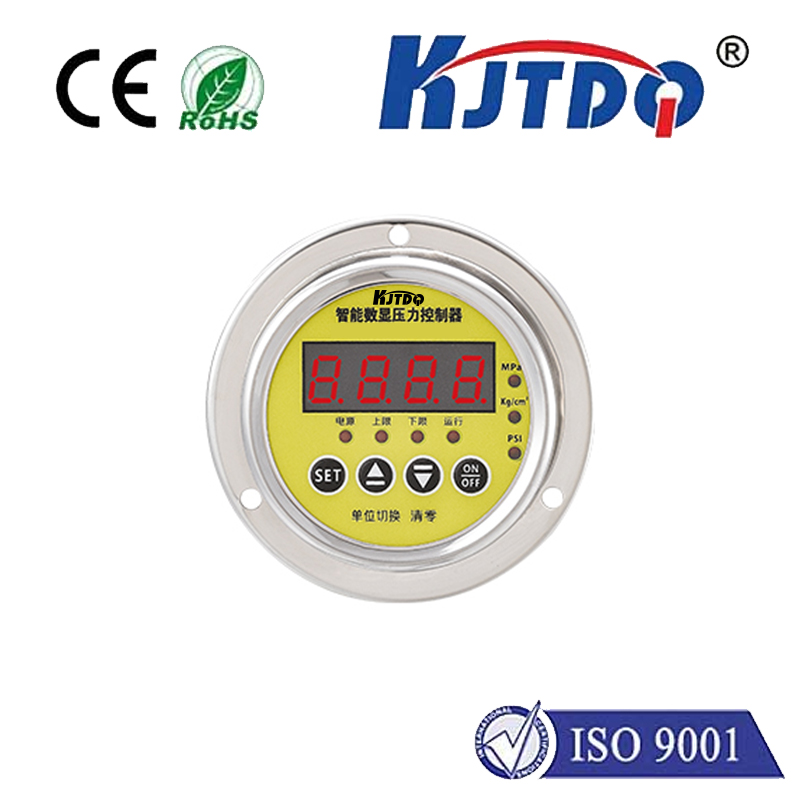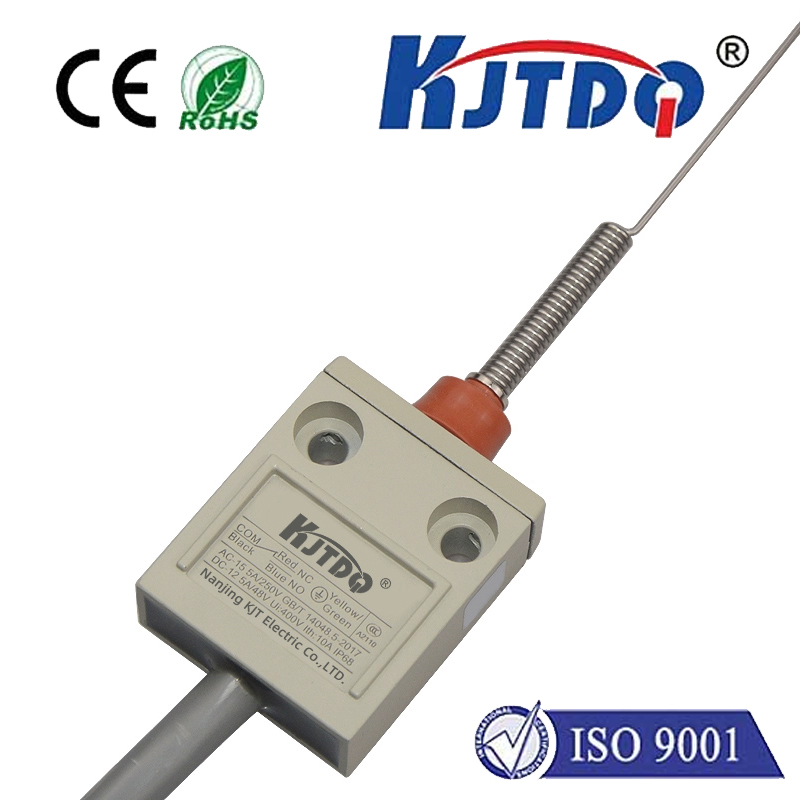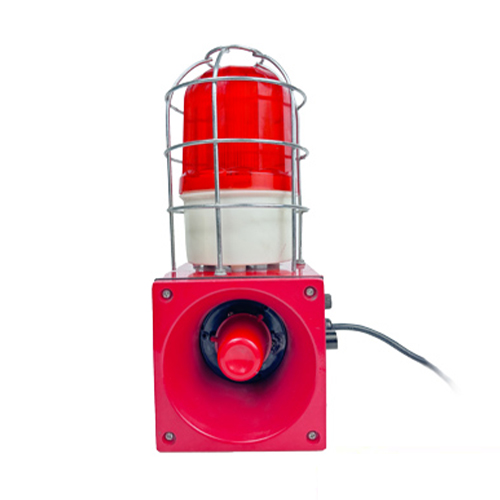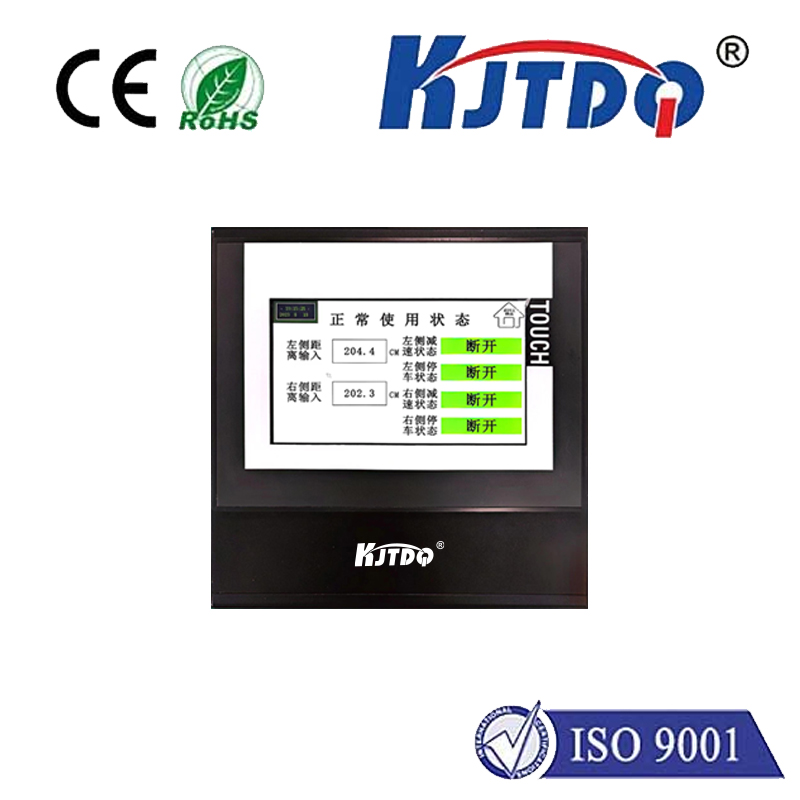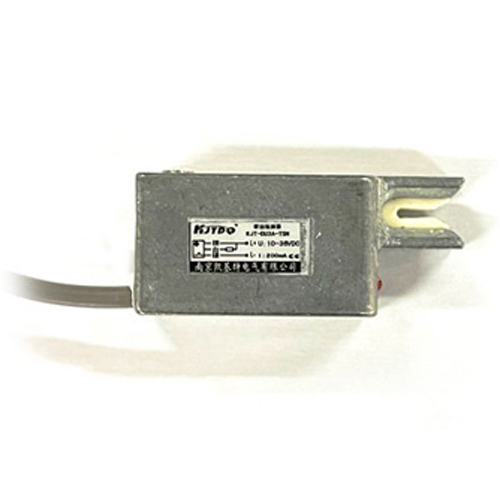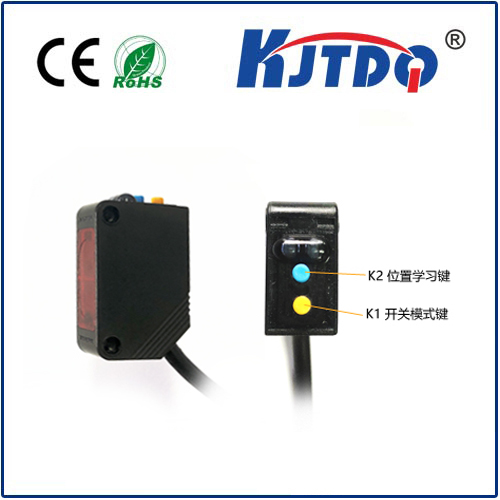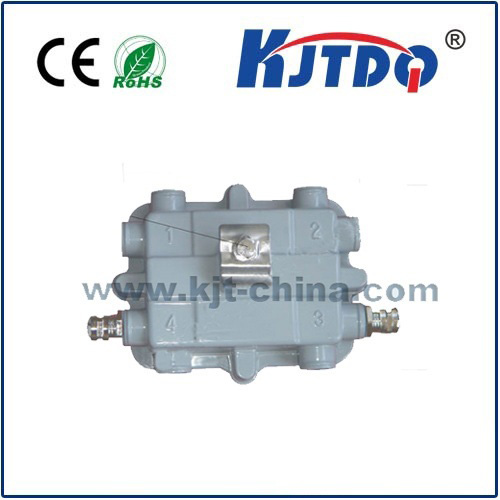sensor range
- time:2024-10-11 16:13:55
- Click:0

Sensor Range: The Cornerstone of Modern Technology”
In the ever-evolving world of technology, sensors play a pivotal role in shaping the future. They are the eyes and ears of machines, enabling them to perceive and interact with their surroundings. One crucial aspect that determines the effectiveness of these sensors is their range. In this article, we will delve into the significance of sensor range and how it impacts various applications across different industries.
Sensor Range: A Brief Overview
At its core, sensor range refers to the maximum distance or area that a sensor can detect or measure physical quantities such as temperature, pressure, light intensity, or motion. This parameter is critical as it directly affects the performance and accuracy of sensor-based systems. A wider sensor range allows for more precise measurements over a larger area, while a narrower range may limit the system’s capabilities.
The Importance of Sensor Range
- Accuracy and Precision: The sensor range has a direct impact on the accuracy and precision of the data collected. A wider range provides more opportunities for capturing detailed information, resulting in higher accuracy and better decision-making processes. For instance, in medical imaging, a broader sensor range allows for clearer images, leading to more accurate diagnoses.
- System Performance: The efficiency of any sensor-based system heavily relies on its ability to detect and measure physical quantities accurately. A wider sensor range enables faster response times and improved overall system performance. In automotive industries, for example, advanced driver-assistance systems (ADAS) utilize sensors with wide ranges to detect obstacles and other vehicles, enhancing road safety.
- Cost Efficiency: Sensors with wider ranges often require fewer units to cover the same area compared to those with narrower ranges. This reduction in hardware requirements translates into cost savings during installation and maintenance processes. Additionally, sensors with extended ranges can operate for longer periods without needing replacement or recalibration, further reducing costs.
Applications of Sensor Range
- Environmental Monitoring: Sensors play a vital role in monitoring environmental parameters such as air quality, temperature, humidity, and pollution levels. By utilizing sensors with wide ranges, scientists and researchers can collect comprehensive data sets, allowing for better analysis and understanding of environmental changes and their impacts on ecosystems.
- Industrial Automation: In manufacturing industries, sensors are used to monitor various processes such as temperature control, pressure regulation, and flow measurement. Wide-range sensors enable real-time monitoring and adjustment of these parameters, ensuring consistent product quality and reducing downtime due to equipment failures.
- Smart Home Technologies: With the advent of smart home technologies, sensors have become integral components of modern household appliances and devices. From thermostats that adjust room temperatures based on occupancy to security cameras that capture footage from multiple angles, wide-range sensors enhance user experience by providing seamless control and monitoring capabilities.
- Healthcare Innovations: Sensors with extended ranges have revolutionized healthcare by enabling remote patient monitoring and telemedicine services. Wearable devices equipped with physiological sensors can continuously monitor vital signs such as heart rate, blood oxygen levels, and glucose levels, allowing healthcare professionals to provide timely interventions and personalized treatment plans.
Conclusion
In conclusion, sensor range is a fundamental characteristic that significantly influences the functionality and effectiveness of sensor-based systems across various domains. Its impact on accuracy, system performance, cost efficiency, and ultimately, user experience cannot be overstated. As technology continues to advance at an unprecedented pace, the development of sensors with even broader ranges will undoubtedly pave the way for new innovations and breakthroughs in numerous fields.












